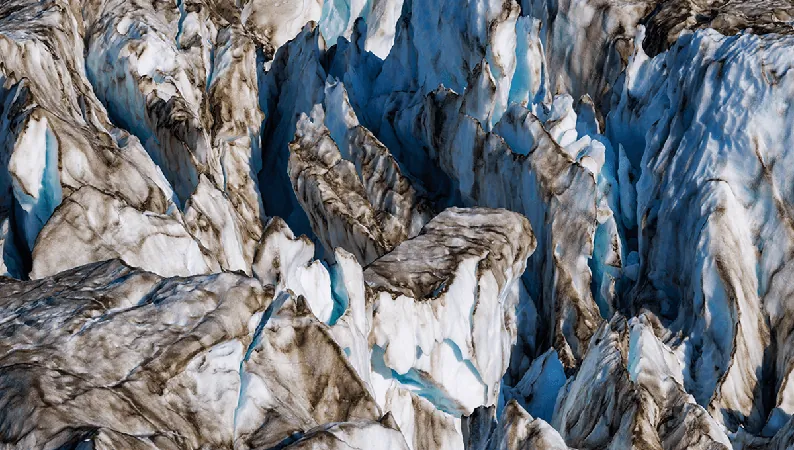
Mysterious 200-Meter Mega-Tsunami Sends Global Signals for Nine Days
2025-09-11
Author: Chun
An Unprecedented Seismic Mystery
Imagine a signal that echoes through the Earth for nine straight days, unlike anything recorded before. That’s exactly what scientists encountered when they detected a unique, monotonous hum across the globe, spanning from the Arctic to Antarctica. "This was no ordinary earthquake rumble; it contained only a single frequency," said Stephen Hicks, a research fellow in computational seismology at UCL.
The Unidentified Seismic Object
Initially categorized as a "USO" or "unidentified seismic object," this strange signal prompted a large team of international scientists to investigate its origins. Hicks and his colleagues were puzzled—never had such a long-lasting seismic wave been documented, leading them on a quest to unveil the truth.
A Troubling Cause Revealed
Their research led to a concerning revelation: the vibrations were triggered by a colossal landslide in East Greenland’s Dickson Fjord, which unleashed a towering mega-tsunami reaching 200 meters (656 feet) high. To put that in perspective, that’s comparable to stacking 136 Danny DeVitos on top of each other or slightly taller than Seattle's iconic Space Needle.
Climate Change's Alarming Role
The landslide was no coincidence; it was preconditioned by climate change leading to glacial thinning. On September 16, 2023, enough rock to fill 10,000 Olympic swimming pools crumbled into the fjord, resulting in the massive wave.
The Science Behind the Seiche
Hicks explained that the seismic waves were the result of a phenomenon known as a seiche—essentially a sloshing wave in the fjord that rocketed back and forth an astonishing 10,000 times over the nine-day event. This marks the first documentation of watersloshing creating vibrations that travelled globally.
Satellite Evidence Unveils More
Further validation came from the Surface Water Ocean Topography (SWOT) satellite, which captured the ongoing seiche during the tsunami’s height. Lead author Thomas Monahan from the University of Oxford, emphasized, "Climate change is producing unprecedented extremes, especially in remote regions like the Arctic where traditional measurement methods often fail."
A Game-Changer for Climate Observation
The findings highlight the critical need for advanced satellite technologies to monitor such phenomena. "SWOT is revolutionizing our capacity to study these oceanic processes in areas that have previously eluded scientific scrutiny," Monahan stated.
As researchers continue to explore the intricate relationships between atmospheric changes, glacier destabilization, and geological events, one thing is clear: we're facing new challenges brought forth by climate change that could redefine our understanding of the planet.


 Brasil (PT)
Brasil (PT)
 Canada (EN)
Canada (EN)
 Chile (ES)
Chile (ES)
 Česko (CS)
Česko (CS)
 대한민국 (KO)
대한민국 (KO)
 España (ES)
España (ES)
 France (FR)
France (FR)
 Hong Kong (EN)
Hong Kong (EN)
 Italia (IT)
Italia (IT)
 日本 (JA)
日本 (JA)
 Magyarország (HU)
Magyarország (HU)
 Norge (NO)
Norge (NO)
 Polska (PL)
Polska (PL)
 Schweiz (DE)
Schweiz (DE)
 Singapore (EN)
Singapore (EN)
 Sverige (SV)
Sverige (SV)
 Suomi (FI)
Suomi (FI)
 Türkiye (TR)
Türkiye (TR)
 الإمارات العربية المتحدة (AR)
الإمارات العربية المتحدة (AR)